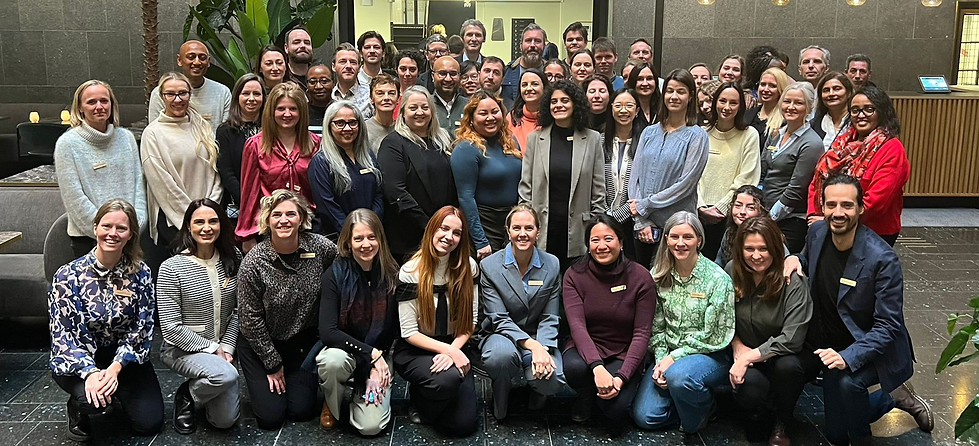Standby Partnerships
Standby Partnerships provides surge capacity support to United Nations (UN) Agencies responding to humanitarian emergencies through the secondment of gratis/in-kind “experts on mission” by partner organisations. Standby Partnerships function through a series of bilateral agreements between participating UN Agencies, Funds, Offices and Programmes and deploying organisations (Standby Partners) that are composed of a diverse group of NGOs, government agencies, donors, private sector organisations, foundations and intergovernmental bodies.
Standby Partnerships began during the first Iraq war in 1991, when the Danish Refugee Council (DRC), the Norwegian Refugee Council (NRC) and the Swedish Civil Defence and Resilience Agency (MCF, formerly MSB) responded to a request for surge personnel from UNHCR.
More than 30 years on, Standby Partnerships have expanded considerably by gaining new participating UN Agencies, Funds, Offices and Programmes and Standby Partners. Standby Partnerships now respond to over 1,000 requests for technical experts yearly, and deploy in more than 100 countries. The contribution to UN emergency responses represents between USD70-90 million in a given year.

The Standby Partnership Network
The Standby Partnership Network (SBP Network) began in 2013 in order to work with partners to ensure “high quality personnel are consistently available for support to humanitarian action through organisational engagement and collective preparedness.” The SBP Network invites all UN Agencies, Funds, Offices and Programmes and all deploying NGOs, Governments and private sector organisations who hold an active Standby Partnership MOU to be an active part of the network.
For three decades, Standby Partners have worked together to protect and respond to the basic rights of those in need in humanitarian, development, and public health responses. As the number of bilateral partnerships between UN entitles and sending partners grew, the SBP Network also evolved. For the SBP partners to progress work to achieve their common goals, a formal Governance structure was adopted in 2013.
The SBP Network works through rolling three year Strategic Plans, and is led by a Steering Committee comprising three UN and three deploying organisations. Members contribute to the achievement of the Strategic Plan through in-kind and financial support, participation in the Working Groups, the Steering Committee, Annual and Mid Annual Consultations, emergency coordination mechanisms for scale-up emergencies and engagement with the Secretariat members.
“We aspire to ensure consistently available high-quality support to humanitarian, development,
and public health responses through organizational engagement, collective preparedness,
high quality support, advocacy and knowledge building.”
Standby Partnership Strategic Framework 2023 - 2025
The SBP Network’s strategy has three key specific objectives used to monitor the performance and the sustainability of the network in its work to enhance the quality of its mechanism and support emergency and development contexts.
Specific Objective 1: The SBP Network has enhanced coordination, advocacy and visibility.
Specific Objective 2: The SBP Network has enhanced the quality of deployments through the adoption of best practices and recommendations.
Specific Objective 3: The SBP Network has improved and mainstreamed the measurement of the quantity of SBP personnel able to meet the identified needs and gaps of receiving partners.
SBP Network Steering Committee
SBP Network Steering Committee Members:
SC Co-Chair | |
SC Co-Chair | |
SC Member | |
SC Member | |
SC Member | |
SC Member |
The SBP Steering Committee has been formed with the purpose and the mandate to determine the direction and development of the SBP Network. Members of the Steering Committee meet once a month. Its role is to streamline the SBP Network strategies and decisions while providing continuous oversight of the implementation of activities in line with the Strategy on behalf of all members.
Objectives of the Steering Committee are to provide:
1. Strategic direction
2. Operational support and supervision of the Secretariat staff
3. Financial oversight
4. Advocacy and resource mobilisation
The composition of the Steering Committee is configured to ensure cross-representation of participating UN Agencies and deploying organisations. It is comprised of three deploying organisations, and three UN Agencies, with one UN Agency and one deploying organisation acting as Co-Chairs.
